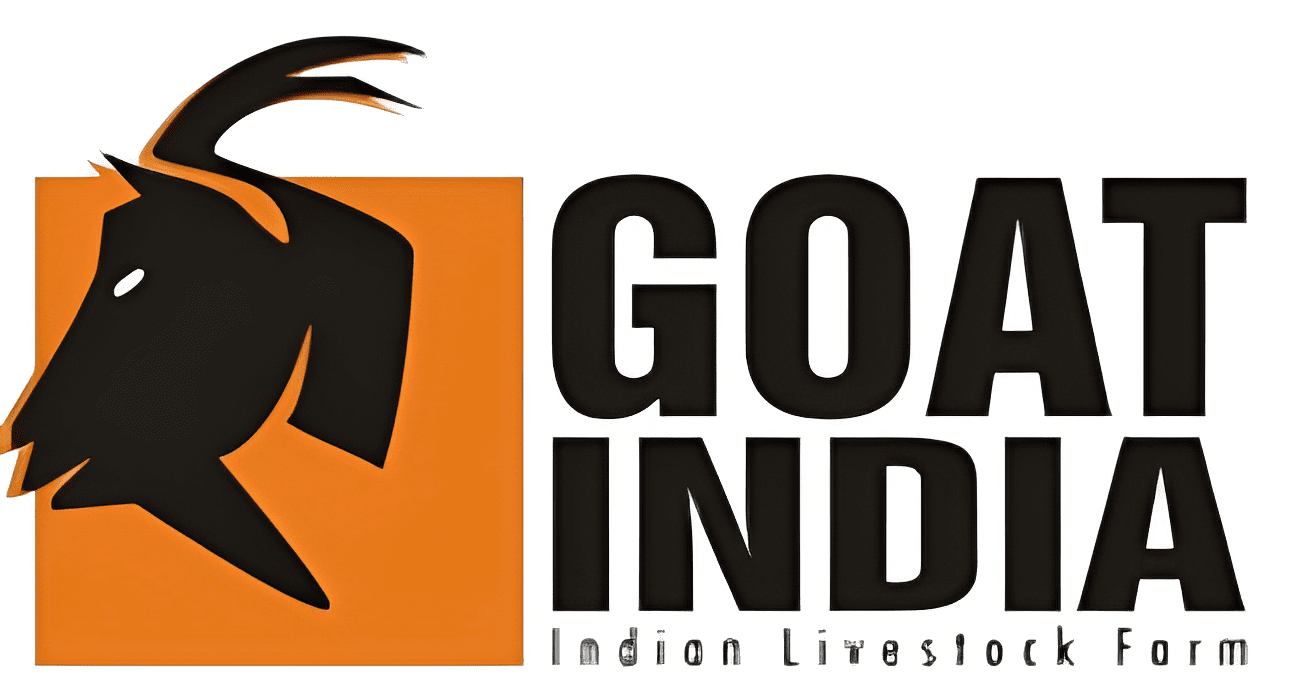Why Choose Goat Farming in India
Discover the compelling reasons why goat farming stands as one of India’s most sustainable, profitable, and accessible livestock ventures for farmers across all economic backgrounds.
Key Advantages of Goat Farming
- Requires minimal initial investment compared to other livestock
- Adapts well to Indian climate conditions across all states
- Provides multiple income streams through milk, meat, and fiber
- Quick reproduction cycle with high kidding rates
- Excellent grazing efficiency on marginal lands
- Strong domestic and export market demand
Goat Farming Quick Facts
| Aspect | Details |
|---|---|
| Gestation Period | 150 days (5 months) |
| Kidding Rate | 1.5-2.5 kids per breeding |
| Maturity Age | 8-12 months |
| Land Requirement | 8-10 goats per acre |
| Feed Conversion | 4-6 kg feed per kg meat |
| Lifespan | 10-12 years productive life |
Economic Benefits
Goat farming offers exceptional economic advantages for Indian farmers. With low startup costs and quick returns, farmers can establish a profitable venture with minimal capital. The multiple income streams from milk, meat, manure, and fiber provide year-round revenue. Indigenous breeds like Boer, Jamunapari, and Sirohi are well-suited to Indian conditions and command premium prices in local markets.
The rapid reproduction cycle means farmers can scale their operations quickly, with does capable of producing 2-3 kids per birthing. This biological efficiency translates to faster return on investment compared to larger livestock like cattle or buffalo.
Adaptability & Resilience
Goats demonstrate remarkable adaptability to India’s diverse climatic conditions, from the arid regions of Rajasthan to the humid coastal areas of Kerala. Their ability to thrive on marginal lands and browse on vegetation unsuitable for other livestock makes them ideal for resource-limited farming situations.
Their resistance to diseases and parasites, especially when proper management practices are followed, reduces veterinary costs and mortality rates. This hardiness makes goat farming accessible to farmers in remote areas with limited veterinary services.
Market Demand & Opportunities
India’s growing population and increasing protein awareness drive strong domestic demand for goat products. Goat meat (chevon) is preferred across various communities and regions, with festivals and special occasions creating seasonal demand spikes.
Export opportunities for goat meat to Middle Eastern countries provide additional market channels. States like Andhra Pradesh, Telangana, and West Bengal have well-established goat meat processing and export industries, offering farmers access to premium pricing.
Environmental Sustainability
Goat farming contributes positively to environmental sustainability through efficient land use and natural vegetation management. Their browsing habits help control weeds and undergrowth, reducing fire hazards and improving grassland quality.
Goat manure is an excellent organic fertilizer, rich in nitrogen, phosphorus, and potassium. This natural byproduct reduces dependence on chemical fertilizers and improves soil health, supporting sustainable agricultural practices across farming operations.
Low Investment
Start with minimal capital compared to other livestock ventures. Basic housing and initial stock costs are manageable for small farmers.
Fast Growth
Quick maturity and high reproduction rates allow rapid herd expansion and faster return on investment.
Efficient Grazers
Excellent feed conversion efficiency and ability to browse on marginal lands reduces feed costs significantly.
Simple Management
Easy to manage with basic facilities and traditional knowledge, suitable for both rural and semi-urban settings.
Frequently Asked Questions
| Question | Answer |
|---|---|
| Is goat farming profitable in India? | Yes, goat farming can be highly profitable with proper management. The low investment, quick returns, and strong market demand make it an attractive venture for Indian farmers. |
| Which Indian states are best for goat farming? | Rajasthan, Uttar Pradesh, Bihar, West Bengal, Odisha, and southern states like Andhra Pradesh and Telangana have favorable conditions and strong markets for goat farming. |
| What is the minimum land required? | You can start goat farming on even 0.25 acres, accommodating 8-10 goats. However, having access to grazing land significantly reduces feed costs. |
| How long before I see returns? | With proper management, you can start seeing returns within 8-12 months through kid sales, and establish a steady income stream within 2 years. |
| Are there government schemes available? | Yes, schemes like NABARD’s livestock funding, state animal husbandry department programs, and various rural development initiatives support goat farming. |
| What are the main challenges? | Common challenges include disease management, market fluctuations, predator attacks, and ensuring adequate nutrition. Proper planning and veterinary support help overcome these issues. |
| Can goat farming be done alongside other farming? | Absolutely. Goat farming integrates well with crop farming, providing additional income while goats help with weed control and provide organic manure for crops. |
| Which breeds are recommended for beginners? | Local breeds like Black Bengal, Osmanabadi, and Barbari are excellent for beginners due to their hardiness and adaptation to local conditions. |
Ready to Start Your Goat Farming Journey?
Join thousands of successful Indian farmers who have transformed their livelihoods through sustainable goat farming practices.

